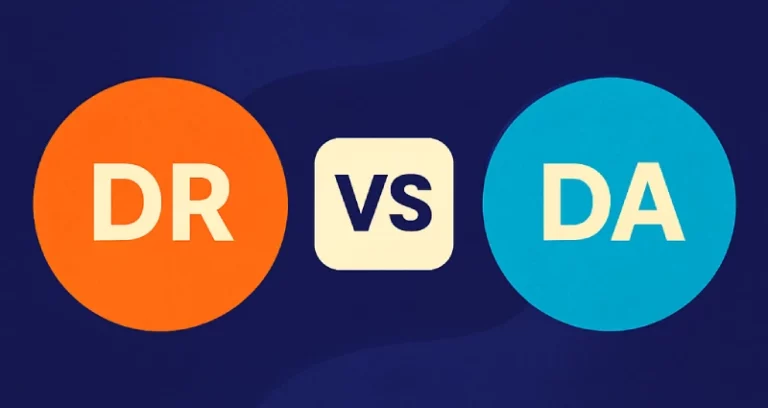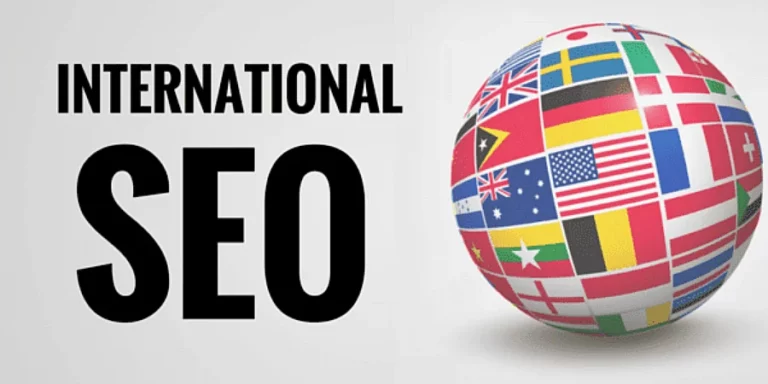Define Your Ideal Customer
Here’s a step-by-step guide to help you understand your target market better:
1. Begin by creating a customer profile. This should include:
- Demographics (age, gender, income, education)
- Geographics (location, urban/rural setting)
- Psychographics (lifestyle, behavior, values)
- Challenges and pain points
- Purchasing behavior
2. Conduct Market Research
There are two main types of market research:
Primary Research: Data collected directly from potential or existing customers. This can be through surveys, interviews, focus groups, or direct observations.
Secondary Research: Gathering data already collected and published by another party, like market reports, studies, or articles.
3. Analyze Competitors
Look at businesses that offer similar products or services. Understand their customer base and see what you can learn from their marketing strategies, customer reviews, and feedback.
4. Utilize Digital Tools
Platforms like Google Analytics, Facebook Insights, and other social media analytics tools can provide a wealth of information about the people who interact with your online content, from their demographics to their browsing behavior.
5. Engage Directly with Customers
Hold Q&A sessions, webinars, or workshops. Engaging directly can provide invaluable insights that might not come out through more formal research methods.
6. Monitor Feedback and Reviews
Pay attention to customer reviews on platforms like Google, Yelp, and Amazon, as well as on your own website. Customers often share both their positive experiences and grievances here.
7. Segment Your Market
Once you have a wealth of data, segment your market. Grouping your audience into smaller, more specific categories allows for more tailored marketing strategies and product adjustments.
8. Stay Updated
Consumer preferences and behaviors change over time. Periodically revisit and revise your customer profiles, conduct new surveys, or engage in community forums and social media to stay updated.
9. Attend Industry Conferences and Trade Shows
These events offer opportunities to meet potential customers, gather feedback, and observe industry trends firsthand.
10. Test and Refine
Once you’ve gathered information and implemented strategies, monitor their effectiveness. For instance, A/B test marketing campaigns to see which resonates better with your target audience. Refine your approach based on the outcomes.
Remember, truly understanding your target market is an ongoing process. As societal trends, economic conditions, and technological advancements evolve, so too will the needs and preferences of your audience. Being proactive and adaptive in your approach will ensure you stay ahead.
What strategies benefit from better understanding my target market?
A deep understanding of your target market impacts a wide range of business strategies, optimizing them for maximum efficiency and results. Here are some key strategies that significantly benefit from better comprehension of your target audience:
1. Product Development
Tailored Offerings: Understanding the specific needs and pain points of your audience allows you to develop products or services that precisely meet those needs.
Feature Prioritization: Know which features or benefits are most valuable to your audience and focus on them.
2. Marketing and Advertising
Content Creation: Create content that resonates with your audience’s interests, values, and challenges.
Channel Selection: Identify where your audience spends their time (e.g., specific social media platforms) and focus your advertising efforts there.
Personalization: Personalize marketing messages based on the preferences and behaviors of different market segments.
3. Pricing Strategy
Value Proposition: Set prices that reflect the perceived value among your target audience.
Discount and Promotion: Offer discounts or promotions that appeal specifically to your audience’s purchasing behaviors.
4. Sales Approach
Tailored Pitches: Sales teams can adjust their pitches to address the specific needs, values, and objections of potential customers.
Customer Journey Mapping: Design the sales funnel in line with the typical buying journey of your target market.
5. Customer Support and Service
Support Channels: Choose support channels (e.g., chat, phone, email) based on your audience’s preferences.
Training: Train support teams to handle the unique challenges or queries of your audience.
6. Branding and Positioning
Message Alignment: Ensure brand messages align with the values, aspirations, and beliefs of your audience.
Visual Branding: Design logos, packaging, and promotional materials that appeal to your target market’s aesthetics.
7. Expansion and Growth Strategy
Market Entry: Decide which geographic or demographic markets to enter next based on where similar target audiences exist.
Product Line Extension: Develop new product lines or services that cater to the broader or adjacent needs of your current target audience.
8. Distribution Strategy
Channel Selection: Understand where your audience prefers to purchase and make your product available there, whether it’s online platforms, retail stores, or direct sales.
9. Feedback and Iteration
Product Improvements: Use feedback from your target market to refine and improve products.
Service Enhancements: Adjust service offerings based on the feedback and changing needs of your audience.
10. Business Collaboration and Partnerships
Strategic Partnerships: Collaborate with brands or services that your target audience also values or trusts.
Affiliate Marketing: Engage influencers or platforms popular among your audience for promotional efforts.
In essence, nearly every facet of a business can benefit from a profound understanding of its target market. The more aligned a business is with its audience’s needs, preferences, and behaviors, the more effective and efficient its strategies will be.







